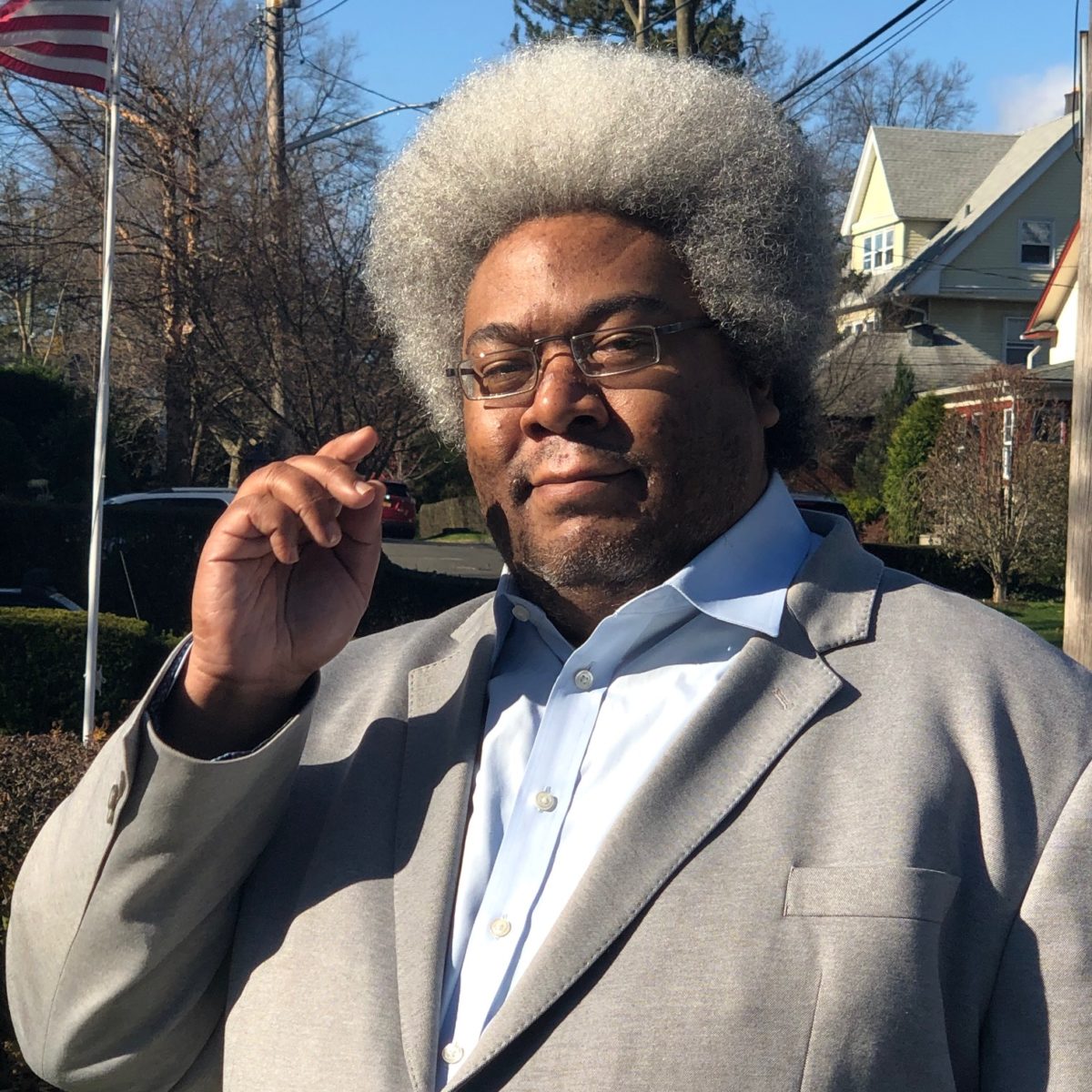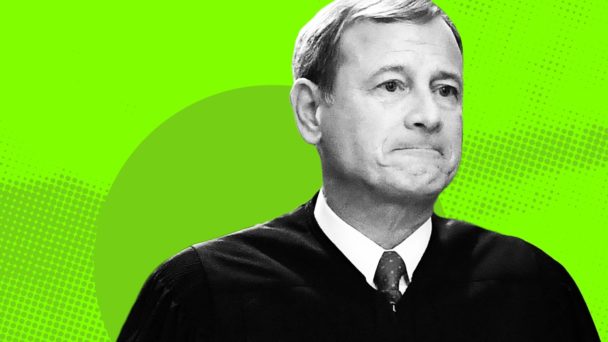As I write this, a week after the 2022 midterm elections, we still don’t know which political party will control the U.S. House of Representatives. Republicans only need to capture one more seat to take control, and the math says they will probably do it, but their margin is going to be razor-thin—perhaps as thin as a single vote.
A win is a win, though, and Republicans also enjoy plenty of structural advantages—like gerrymandering and state-sponsored voter suppression—to keep them winning the House for the rest of this decade. They can primarily thank one person for their electoral success: Chief Justice John Roberts.
It has become fashionable among corporate media types to portray Roberts as some kind of ineffectual moderate who “tragically” lost control of his Supreme Court. These takes. Are. Everywhere. They are more ubiquitous than DraftKings ads during sporting events. And they’re wrong.
The reality is that Roberts is a savvy Republican strategist whose fingerprints are all over this election. His most obvious influence stems from his steadfast support for Republican gerrymanders that disenfranchise nonwhite voters. The seeds for the narrow Republican victory in 2022 were planted by Roberts in a 2019 Supreme Court case, Rucho v. Common Cause. There, Roberts, writing for a 5-4 majority, ruled that political gerrymanders were “nonjusticible” at the federal level, meaning that Republican-controlled states could gerrymander themselves into even more political power, so long as they pinky-promised that they were only drawing their maps to hurt Democrats, not people of color.

When there are too many Black people voting (Photo by Brooks Kraft LLC/Corbis via Getty Images)
The intellectual hypocrisy Roberts surfaced for the Rucho decision doesn’t get enough attention. Literally every legislative map in every state for the past 60 years or so has been drawn within the parameters of what the Supreme Court deemed acceptable: In 1962, the Supreme Court in Baker v. Carr determined that gerrymandering could indeed violate the Equal Protection Clause of the 14th Amendment, and it set guardrails on just how far gerrymandering could go. Congressional districts are what they are because of the Court’s own precedents. Roberts pulling the plug on those parameters—just in time for the 2020 Census, during which President Trump and various red-state governors deliberately tried to undercount nonwhite citizens—was always designed to help Republicans gain or hold onto political power.
And it worked. In Florida, which produced three Republican pickups that might well be the margin of control in the chamber, Governor Ron “Trump-But-Literate” DeSantis threw out a set of maps that more or less preserved pre-2020 districts, and ordered the legislature to come up with new maps that “cracked” three majority-nonwhite districts and spread their voters across overwhelmingly white districts (for purely “political” reasons, he argued.) His maps ended up in front of the Florida Supreme Court instead of the federal one. You can guess what happened next: The hyperconservative Florida Supreme Court rubber-stamped DeSantis’s maps and the Republicans turned Florida a deeper shade of red.
Roberts’s opinion in Rucho left “racial” gerrymandering subject to judicial review: Maps drawn to dilute the vote of one race could still be challenged in federal court, even if maps drawn to dilute the vote of one party could not. This distinction is as stupid as it sounds. The idea that there’s an operative, observable difference between a “political” gerrymander and a “racial” gerrymander is a legal fiction invented by judges who have never been in a map room. Race is a huge indicator of voting patterns, and will remain so as long as the GOP keeps trying to roll things back to the 1850s. The idea that a replacement-level congressman looking to keep his job safe can be looking at only one and not the other is fallacious.
The other, even more important problem with Roberts’s putative distinction between political and racial gerrymanders is that in 2022, gerrymanders designed to suppress or dilute the Black vote were still pushed through in the Confederate states without the Supreme Court’s objection. Earlier this year, the Court’s conservatives essentially suspended the Voting Rights Act, arguing that the earliest reasonable date for challenges to racially gerrymandered maps was already too close to the midterms to subject those maps to judicial review. Only in white America can you find a constitutional amendment specifically designed to prohibit racism in voting that courts say can’t be applied before people vote.
Roberts, notably, dissented from that decision. (He didn’t argue that the maps were actually unconstitutional racial gerrymanders, only that we weren’t too close to the election to find out.) One might think this is where the “lost control” narrative holds sway. But none of these racial gerrymanders even make it all the way to the Supreme Court without what is now the second-worst opinion of this century: Roberts’s opinion in another voting rights case, Shelby County v. Holder. (For those playing along at home, the rankings of “worst decisions” now goes: Dobbs, Shelby County, and Bush v. Gore, with the upcoming independent state legislature case, Moore v. Harper, giving off disturbing “hold my beer” vibes.)
In Shelby County, decided in 2013, Roberts gutted the preclearance provision of the Voting Rights Act, which had previously required the nation’s more racist states and counties to submit changes in their voting laws for federal review. Arguably, many of the racial gerrymanders in place for the 2022 midterms couldn’t have been instituted under the pre-Shelby County preclearance scheme. At the very least, the threat of preclearance might have restrained just how aggressive the states decided to go with their racial gerrymanders.
But all of that is gone now, thanks to Roberts. Between the political gerrymanders that couldn’t be challenged at all under Rucho and the racial gerrymanders that couldn’t be challenged quickly enough under Shelby County, the conservatives probably bought Republicans eight to ten seats, far exceeding the margin they needed to control the House. John Roberts loves nothing more than declaring the end of racism in the United States, while quietly taking away all the tools to stop it.

When there are fewer Black people voting (Photo by Chip Somodevilla/Getty Images)
Frankly, the chief justice’s effect on the election would have been even more pronounced if he had gotten his way in Dobbs. In that case, Roberts wanted to uphold Mississippi’s 15-week abortion ban without overturning Roe v. Wade. But Roberts’ preferred position in Dobbs was legally indistinguishable from Alito’s; at the point when the Court allows states to ban abortions before fetal viability, Roe survives in name only. After that, there’s no constitutional difference between a 15-week ban, or a 6-week ban, or the ban from conception that Republicans want.
The distinction he tried to draw while preserving the hollowed-out shell of Roe was purely political: Roberts understood that announcing “Roe v. Wade is overturned” would have political repercussions, and that those repercussions would hurt his precious Republican Part. He wanted the benefit of overturning Roe without the blowback, and if his conservative colleagues had listened to him, Republicans probably would have won the Senate too.
Many of the Supreme Court’s conservatives—Clarence Thomas, Alito, Neil Gorsuch, and Amy Coney Barrett—are ideologues who think themselves part of a grand crusade to hobble the federal government and revoke the individual rights granted by the Reconstruction Amendments and the Warren Court. And although members of the legacy media treat Roberts like the most moderate conservative, the truth is that he’s just the smartest Republican. Like alleged attempted rapist Brett Kavanaugh when he’s sober, Roberts is a partisan operative who thinks and rules in ways that help the GOP’s political agenda and electoral chances. He is the Mitch McConnell of the Supreme Court, and the journalists who cover him for a living should start acting like it.




